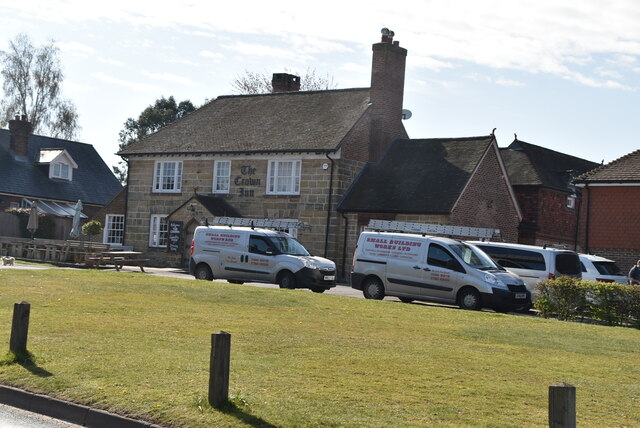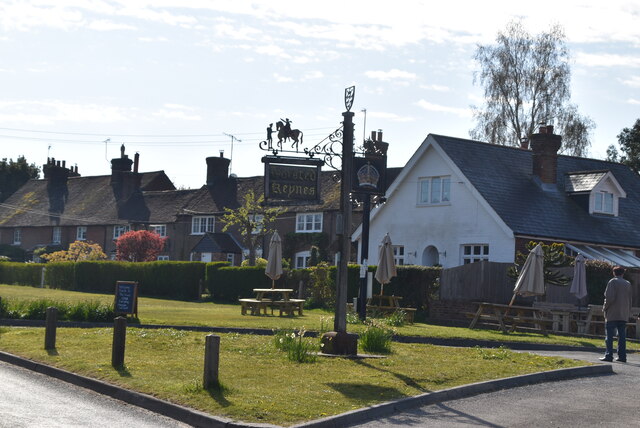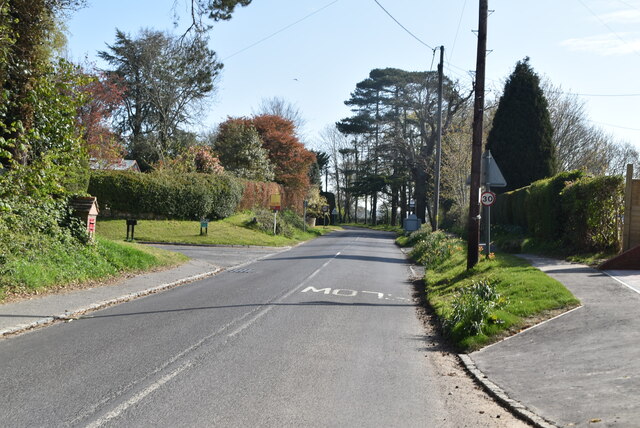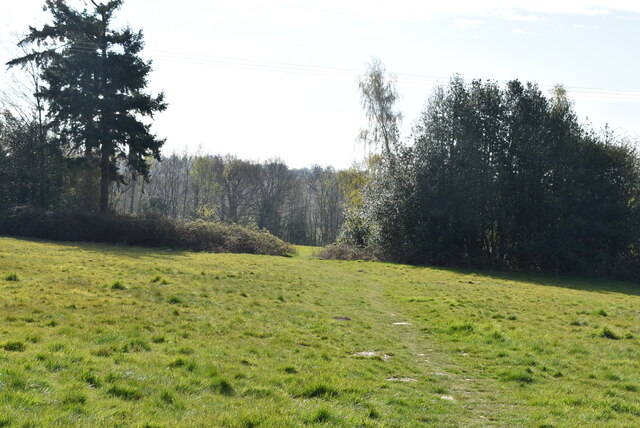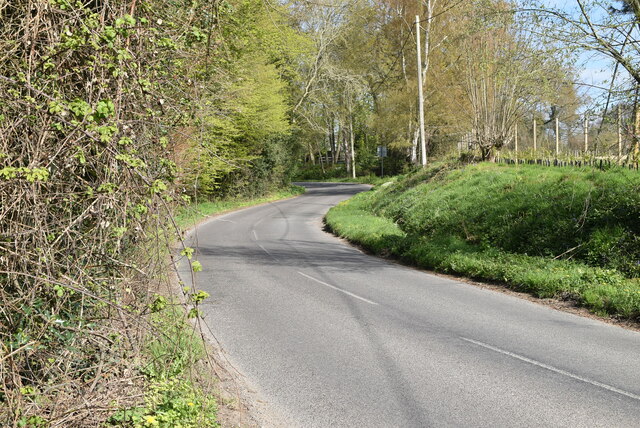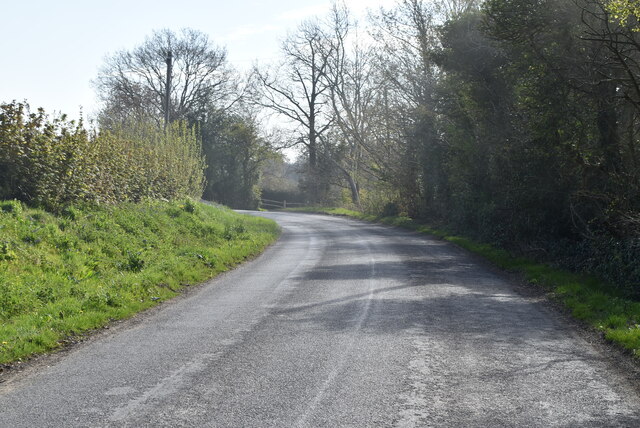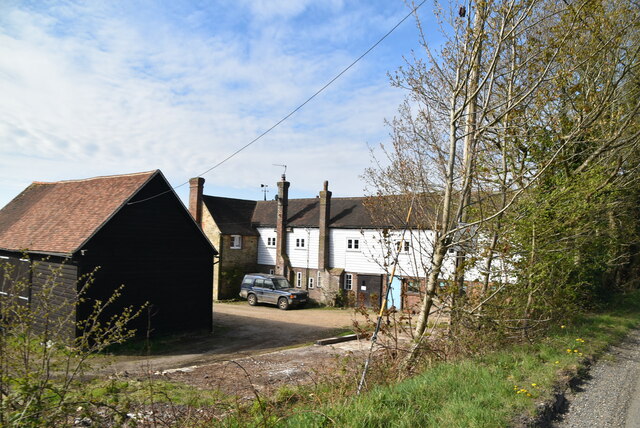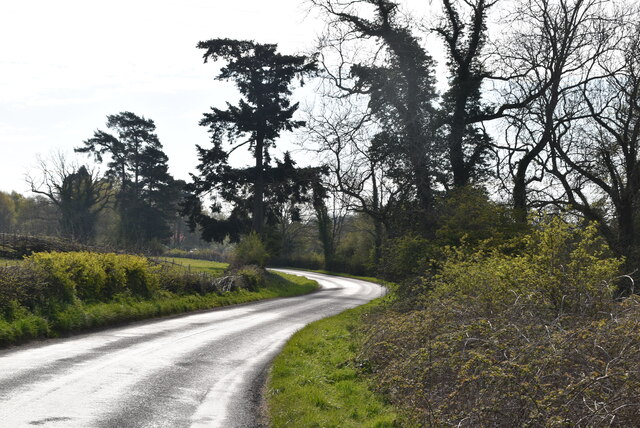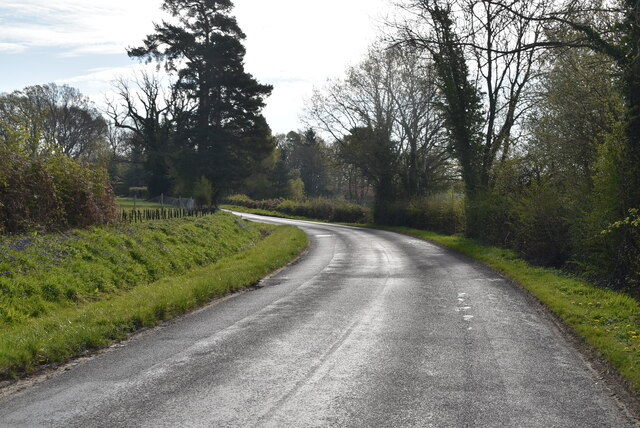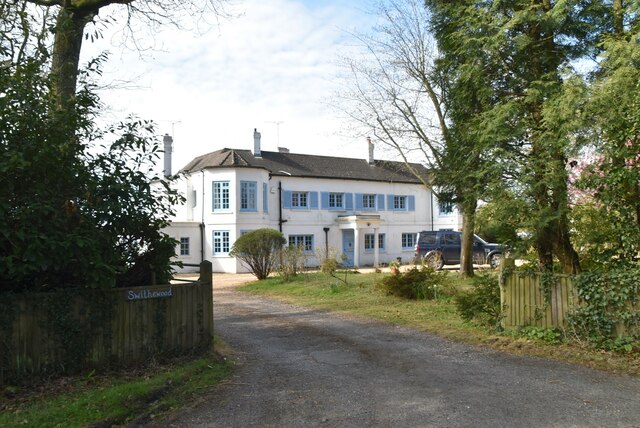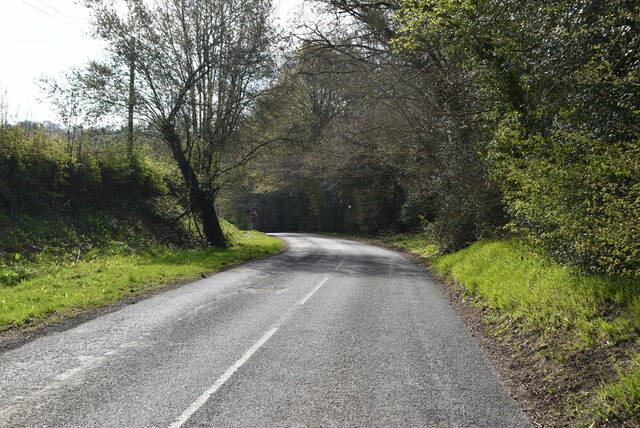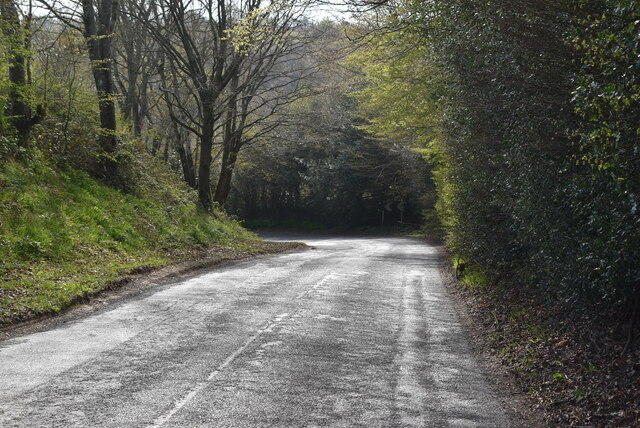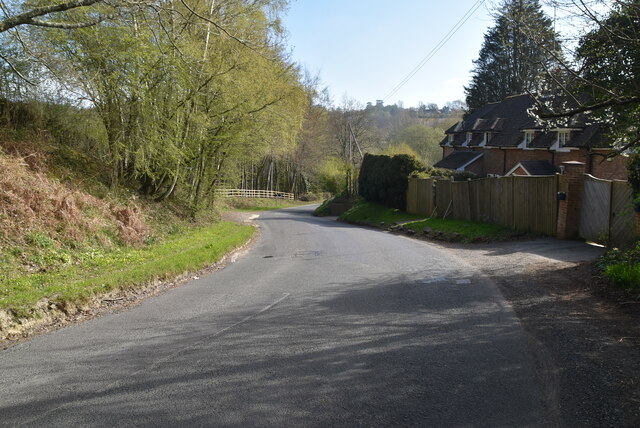Sandpits Wood
Wood, Forest in Sussex Mid Sussex
England
Sandpits Wood
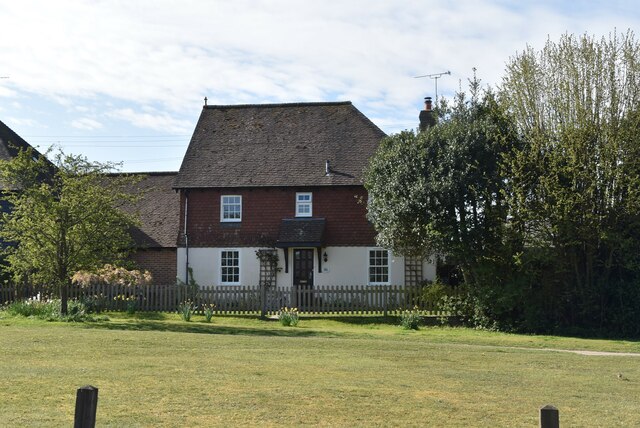
Sandpits Wood is a charming woodland area located in the county of Sussex, England. Covering an approximate area of 50 acres, this woodland is a popular destination for nature lovers, hikers, and birdwatchers alike. It is situated near the village of Sandhurst, just a few miles away from the bustling town of Tunbridge Wells.
The wood is predominantly composed of broadleaf trees such as oak, beech, and ash, creating a diverse and picturesque landscape. The forest floor is carpeted with a variety of flora, including bluebells, primroses, and wild garlic, providing a colorful display during the spring months.
The wood is crisscrossed by numerous footpaths and trails, making it easily accessible for visitors who wish to explore its natural beauty. These paths wind their way through the trees, offering glimpses of enchanting clearings and peaceful glades. There are also several benches scattered throughout the woodland, providing the perfect spot to rest and take in the serene surroundings.
Birdwatchers will be delighted to discover that Sandpits Wood is home to a wide array of avian species. From woodpeckers and owls to songbirds and migratory birds, the woodland provides a haven for feathered creatures. It is not uncommon to hear the melodic sounds of birdsong echoing through the trees as you wander through the woods.
Sandpits Wood is a tranquil escape from the hustle and bustle of daily life, offering a peaceful environment to reconnect with nature. Whether you are seeking a leisurely stroll, a picnic spot, or a place to observe wildlife, this charming woodland is sure to captivate and inspire.
If you have any feedback on the listing, please let us know in the comments section below.
Sandpits Wood Images
Images are sourced within 2km of 51.02866/-0.027486555 or Grid Reference TQ3827. Thanks to Geograph Open Source API. All images are credited.

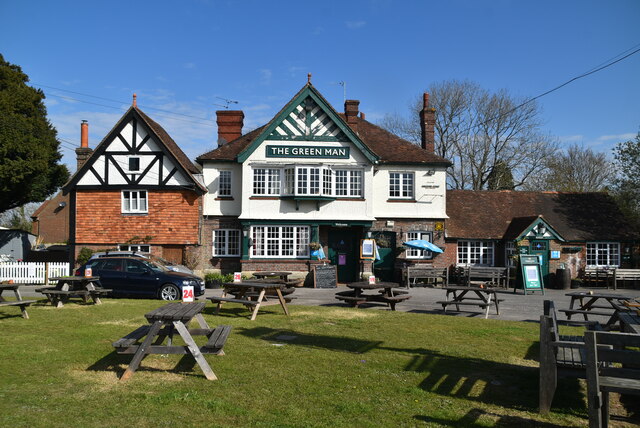
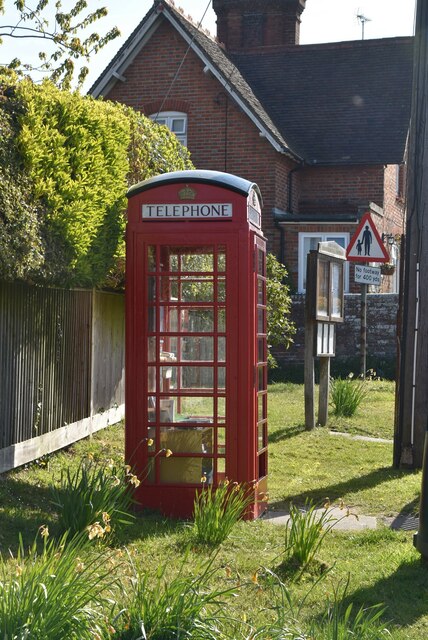
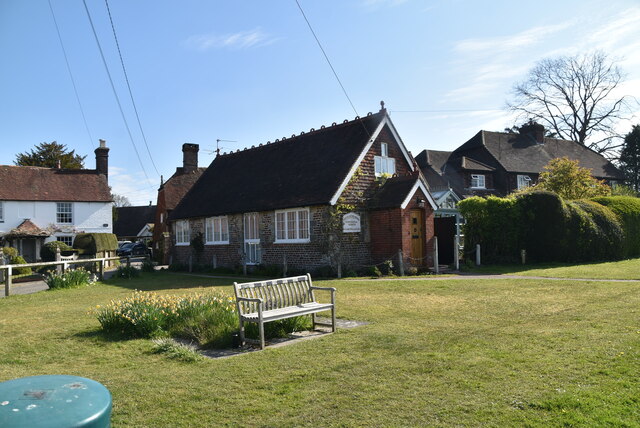
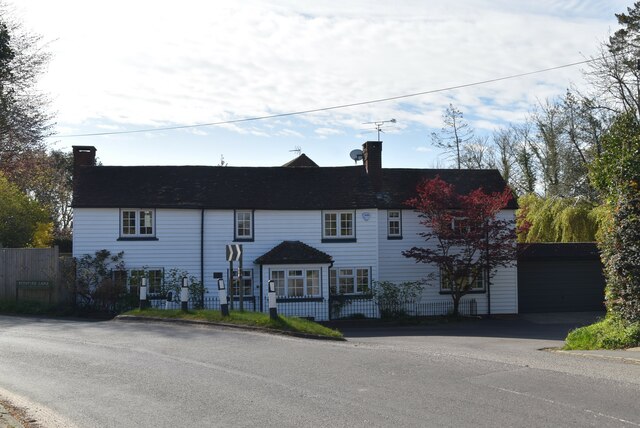
Sandpits Wood is located at Grid Ref: TQ3827 (Lat: 51.02866, Lng: -0.027486555)
Administrative County: West Sussex
District: Mid Sussex
Police Authority: Sussex
What 3 Words
///decoder.tooth.outlooks. Near Horsted Keynes, West Sussex
Nearby Locations
Related Wikis
Horsted Keynes
Horsted Keynes KAYNZ is a village and civil parish in the Mid Sussex District of West Sussex, England. The village is about 5 miles (8 km) north east...
Freshfield Lane
Freshfield Lane is a 17-hectare (42-acre) geological Site of Special Scientific Interest east of Haywards Heath in West Sussex. It is a Geological Conservation...
St Giles' Church, Horsted Keynes
St Giles' Church is an Anglican church in the village of Horsted Keynes in Mid Sussex, one of seven local government districts in the English county of...
Bluebell Railway
The Bluebell Railway is an 11 mi (17.7 km) heritage line in West Sussex in England. It is managed by the Bluebell Railway Preservation Society. It uses...
Nearby Amenities
Located within 500m of 51.02866,-0.027486555Have you been to Sandpits Wood?
Leave your review of Sandpits Wood below (or comments, questions and feedback).
